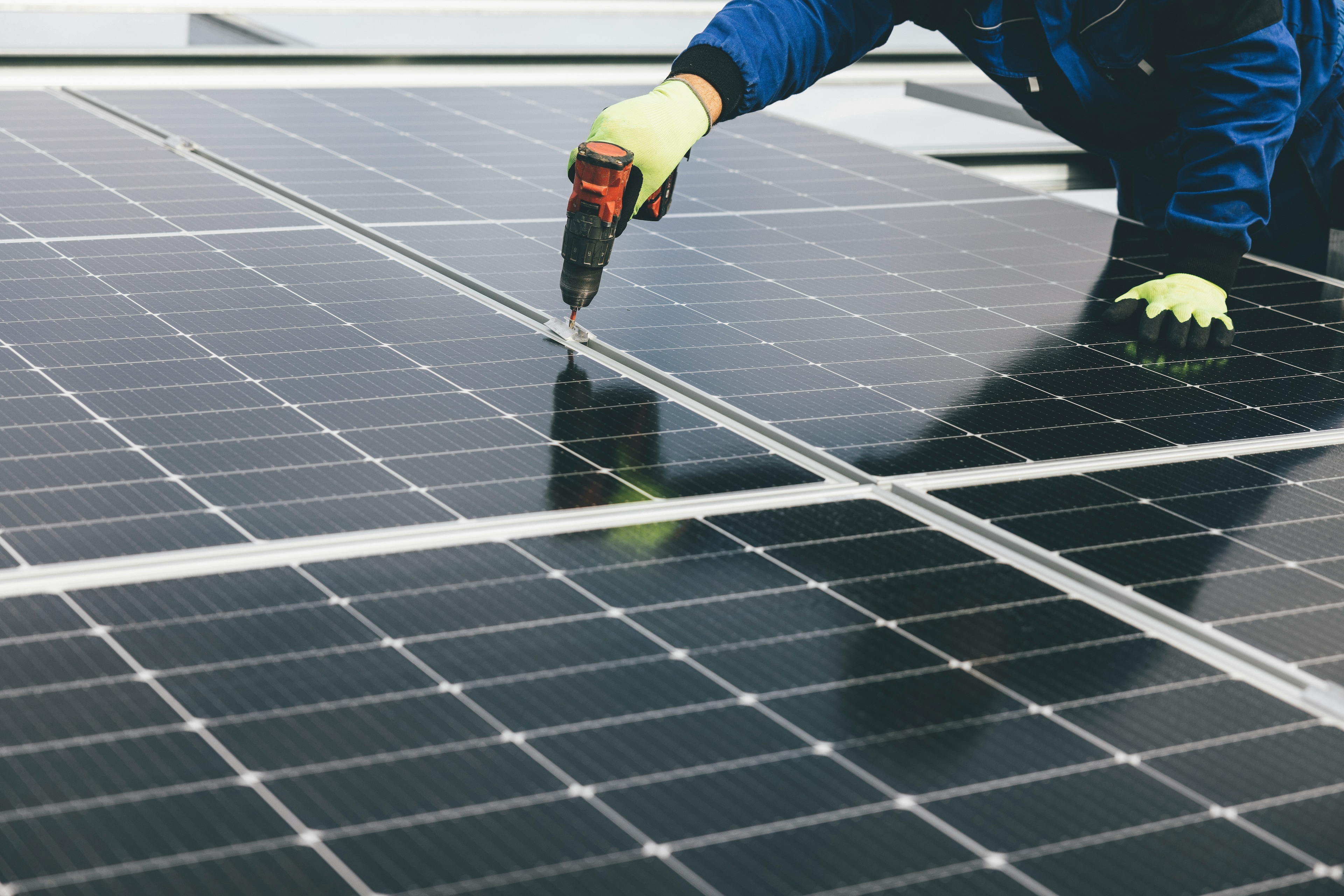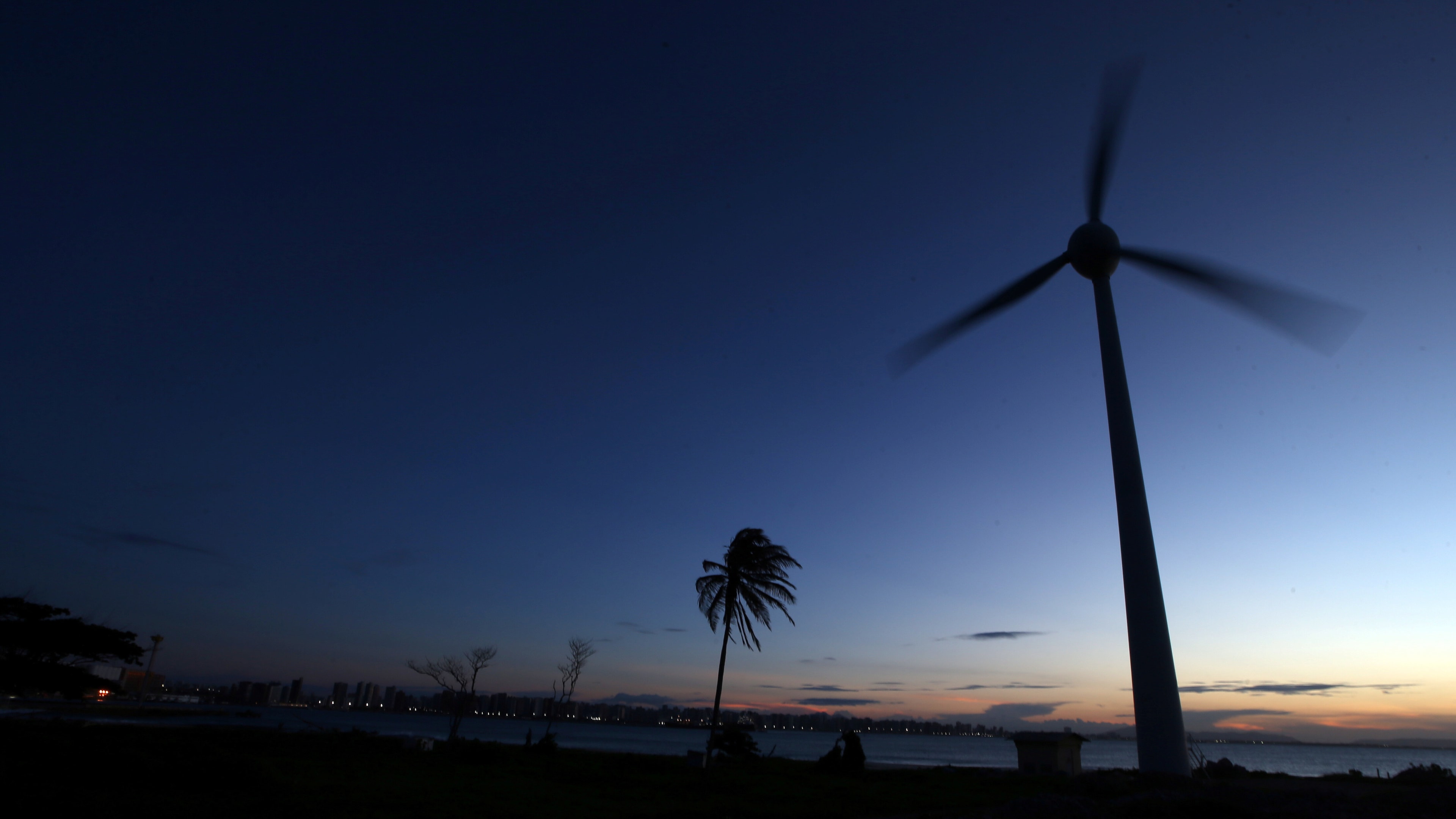Opinion
Why we need global cooperation on critical mineral supplies
Critical minerals such as lithium, used in batteries, will be vital to enabling the green transition.
Image: REUTERS/Joyce Zhou
Stay up to date:
Modern Mining
- Increasing global attention is being placed on critical minerals crucial to the development of technologies needed for the green transition.
- However, bids to de-risk global supply chains by moving production away from China will likely add challenges such as extra costs and social inequity.
- These challenges highlight the need for cooperative frameworks and supply chain partnerships, particularly by those wanting to lead on climate action.
Barely a day goes by without another government announcing a plan to diversify and create sustainable, resilient, clean energy supply chains.
The stated rationale typically invokes some variant on the theme of a fast-evolving and geopolitically charged global resources landscape involving trade in critical minerals. Recent examples include the EU’s Critical Raw Materials Act, or Australia’s talks with India on critical mineral trade.
The International Energy Agency (IEA) has highlighted several minerals required for clean energy technologies. Individual governments' designations will vary according to national priorities, resource endowments or vulnerabilities.
Recent breakthroughs in sodium-ion battery technology underscore how innovation might alter the utility of a given mineral. Nevertheless, as things currently stand - lithium, nickel, cobalt, manganese and graphite are key to the performance, longevity and energy density of batteries.
Rare earth minerals are essential components of wind turbines and electric vehicles (EVs), and copper and aluminium permeate nearly all electricity-related technologies.
How is the World Economic Forum facilitating the transition to clean energy?
Today, the energy sector accounts for over two-thirds of global greenhouse gas (GHG) emissions. The IEA estimates that overall mineral requirements for the climate transition could double by 2040, and to meet the climate goals set out in the Paris Agreement, these requirements would quadruple.
Although scaling clean energy deployment will require a significant increase in mineral extraction and processing, the current debate over supply security is driven as much by scarcity concerns as parallels drawn by commentators with Europe's dependencies on Russian gas, or China's dominance in many critical mineral supply chains, especially but not only in processing.
While these dependencies differ in nature, it is ill-advised to be overly dependent on any single state for any critical inputs. The EU, for example, stipulated that no more than 65% of any key raw material should come from any single country.
Market forces alone will not resolve some critical minerals dilemmas
First, it will be challenging to reach consensus as to which minerals are deemed critical.
There is also little consensus on how best to reconcile the national pursuit of supply resilience – often framed as a contest against geopolitical rivals – while still keeping the cost of decarbonization manageable at speed and ensuring that those same adversaries can access the materials needed to reach global climate goals.
In the current climate, talk of a multilateral approach or any global cooperation can sound naïve if not worse. Many major economies like the G7 have responded to geopolitical strife by approaching the question of supply security from the zero-sum, mercantilist lens of national industrial policy, emphasising access to critical minerals for their burgeoning industries tied to local content requirements and jobs. Yet framing the need for supply security through narrowly-defined vantage points ignores key issues at one’s peril.
Geopolitical leanings aside, attempts to de-risk global supply chains by moving production will likely add immediate costs and inefficiencies that hinder the speed of global uptake of clean energy technologies.
Even though many countries are moving fast to acquire or build this manufacturing capacity, ultimately no countries or even regions can be self-sufficient when it comes to the full range of raw materials and processing needs for the energy transition. You can’t do it alone, even within the purview of ‘climate clubs’.
As the pace of energy transition hastens, it is also evident that the same barriers to scaling clean energy investments are also pertinent to that of critical minerals projects, especially in developing country regions of high political risks. This means the need for a common framework that helps safeguard the socio-environmental bar in new extractive projects.
Whether it is equity, or necessity, demonstrating how mineral development will bring positive social benefits on the ground not only for the elites is a must – not only because it is the right thing to do but because it will strengthen the resilience of resource security.
Without a cooperative framework, export restrictions could continue to dampen prospect to scale deployment of clean energy as illustrated the case of Indonesia for nickel and China for germanium and gallium did.
Last but not least, parallel technology systems could be cost-ineffective and cumbersome in ways that further slow the deployment of cleantech at the pace needed.
Of course, the world is beset with duelling imperatives. Western governments are stepping up in their quest to dominate the production of the next generation of green tech, with developing countries at best deemed trusted suppliers of raw materials. Yet if mineral-producing countries would limit access to those who would process on-site, it could undermine the scale economy and drive costs up.
Cooperative frameworks needed for critical minerals
All these challenges highlight the need for cooperative frameworks that could start as open partnerships that could comprise some or all the following elements:
- Joint investment frameworks with blended finance mechanisms that reduce risk and the cost of capital that would help spearhead and sustain investments in new projects extracting and processing critical minerals.
- Guiding principles for partnerships with mineral-rich developing nations with for investors and development finance institutions (DFIs) that incentivize not only extraction but also backward and forward linkages with a view to enhancing industrial capacities and enabling more countries to move up the value chains?
- A voluntary peace clause among coalition of the willing over the use of export controls and restrictions for these critical minerals, metals and materials, with a view to expanding this group over time.
- Principles and support mechanisms including finance to embed circularity in future supply chains.
- Benchmarks and voluntary standards for sustainable mining and tech hub/pool/partnership for sustainable mining and processing technologies.
Collaboration will be key to achieve clean energy transition
The Financial Times recently described the current geopolitical order as that of an à la carte world, where any pre-fixe menu of assumed allegiances is open for challenge and maybe eschewed, in this case, perhaps by mineral-rich countries.
This is why any cross-border cooperation will likely take place only in the form of ad hoc, case-by-case groupings, or what are often described as the coalitions of the willing or the capable.
This is also why, rather than go it alone or divide up the world in a new ‘land grab’ for control over critical resources, economies that profess to want to lead on climate action and the clean energy transition, such as G7 countries, should seek supply chain partnerships, open to all and any to join, that would embrace the five principles above.
Don't miss any update on this topic
Create a free account and access your personalized content collection with our latest publications and analyses.
License and Republishing
World Economic Forum articles may be republished in accordance with the Creative Commons Attribution-NonCommercial-NoDerivatives 4.0 International Public License, and in accordance with our Terms of Use.
The views expressed in this article are those of the author alone and not the World Economic Forum.
Forum Stories newsletter
Bringing you weekly curated insights and analysis on the global issues that matter.
More on Energy TransitionSee all
Tony Pan
August 27, 2025
Thomas Brostrøm and Sandeep Kashyap
August 26, 2025
Charles Bourgault and Sarah Moin
August 19, 2025
Jürgen Karl Zattler and Adrian Severin Schmieg
August 18, 2025
Piyush Verma
August 18, 2025






